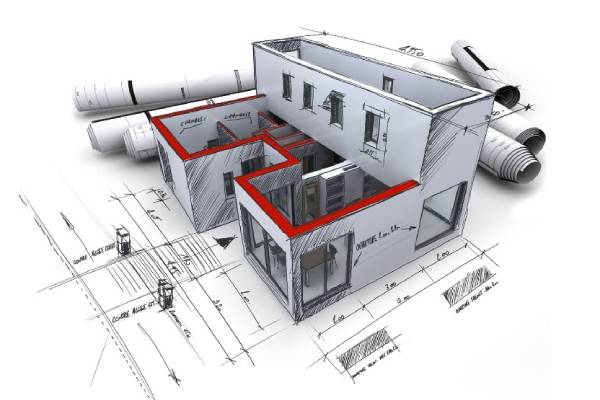
Image Source: Google
Architectural drafting firms have come a long way from the traditional blueprint era to the advanced technology-driven reality of today. The evolution of these firms has been a fascinating journey that has transformed the way buildings are designed, created, and constructed.
In the past, the best architectural drafting firms would spend hours meticulously drawing out plans on paper, creating detailed blueprints that served as the foundation for construction projects. These blueprints were not only time-consuming to produce, but they were also prone to errors and difficult to update once the construction process had begun.
However, with the advent of computer-aided design (CAD) software in the 1980s, the architectural drafting industry underwent a significant transformation. Architects and draftsmen now had access to powerful tools that allowed them to create intricate and detailed designs with ease. CAD software enabled firms to produce more accurate and precise drawings, reducing the margin for error and streamlining the design process.
As the use of CAD software became more widespread, architectural drafting firms began to incorporate other advanced technologies into their workflow. 3D modeling software, virtual reality tools, and Building Information Modeling (BIM) software have all revolutionized the way architects and draftsmen approach design and construction projects.
3D modeling software allows designers to create realistic and immersive visualizations of their projects, giving clients a better understanding of the final product. Virtual reality tools take this a step further, allowing clients to experience a virtual walkthrough of the building before construction even begins.
Perhaps the most significant advancement in recent years has been the widespread adoption of BIM software by architectural drafting firms. BIM software allows architects, engineers, and construction professionals to collaborate on a single, shared model of a building, integrating information on design, construction, and maintenance into one cohesive system.
Another key aspect of the evolution of architectural drafting firms has been the increased emphasis on sustainability and green design. As concerns about climate change and environmental impact have grown, architects and draftsmen have sought to incorporate sustainable design principles into their projects.
This includes using environmentally friendly materials, optimizing energy efficiency, and designing buildings that reduce their carbon footprint. Many architectural drafting firms now specialize in sustainable design and have expertise in creating eco-friendly buildings that meet the needs of today without compromising the needs of future generations.
Furthermore, the evolution of architectural drafting firms has not only been driven by technological advancements but also by changes in the way projects are managed and delivered. The traditional linear approach to construction, where each phase of a project is completed before moving on to the next, has given way to more collaborative and integrated processes.
